Mold is a common problem in outdoor and indoor environments. It can be caused by decaying plant material, high levels of moisture and humidity, and mold particles that are present in the air. Mold exposure can trigger allergic reactions and other health effects.
Cladosporium is one of the most common types of mold and can cause serious health risks if not properly managed. It is a type of fungus that is found indoors and outdoors in damp, dark areas. Inhaling Cladosporium spores can lead to respiratory allergies, yet for those with weakened immune systems or existing medical conditions, it could potentially result in more severe health complications.
A thorough understanding of Cladosporium can assist you in managing, preventing, and treating it. This article will provide all the essential information about this mold to help keep your home safe and healthy.
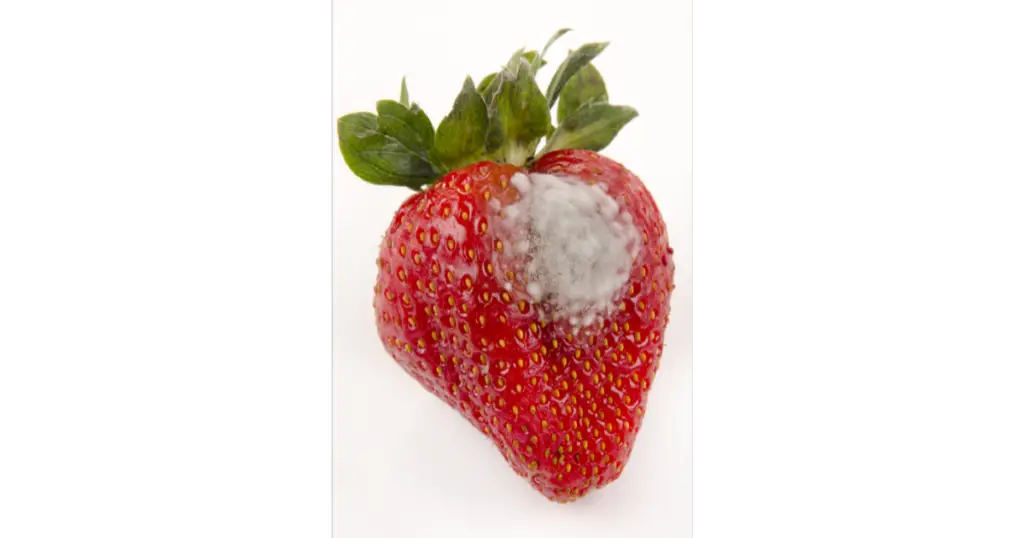
What is Cladosporium?
Cladosporium is a genus of fungi composed of over 300 species and is commonly found in both indoor and outdoor environments throughout the world. It manifests in clusters of black, yellow, or green spots that spread quickly if not removed. These fungi can exist as phylloplane fungi or as endophytes inside plants taking their nourishment without any harm to the host organism.
Cladosporium is a frequent airborne mold, which can be isolated from almost every environment and geographic location. They are often found in outdoor areas growing on decaying plant matter such as leaves or woody debris, but they can also be found indoors in damp areas such as walls and windowsills.
Cladosporium herbarum is one of the most studied species in allergy research after Aspergillus fumigatus and Alternaria alternata due to its potential to cause serious health issues if not properly managed or removed from an affected environment.
It is important to understand the risks associated with this type of fungus, particularly when it is found indoors in new home construction, water-damaged buildings, or humid climates. Proper prevention and control techniques should be employed to minimize exposure to this potentially dangerous mold.
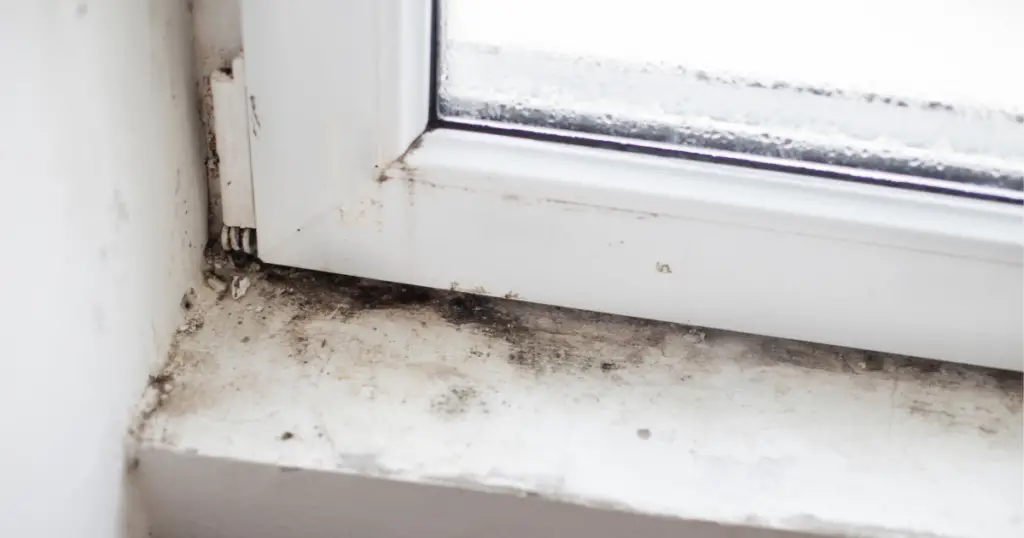
What are the common types of Cladosporium Mold?
The most common species belonging to this genus are Cladosporium herbarum, Cladosporium sphaerospermum, Cladosporium cladosporioides, Cladosporium macrocarpum and Cladosporium elatum.
- Cladosporium herbarum- is a species of fungus belonging to the Cladosporium genus. It is one of the most common mold found and studied species due to its prevalence in both indoor and outdoor environments as well as its potential to cause serious health issues if not properly managed or removed from an affected environment. C. herbarum can often be found growing on damp surfaces such as walls and windowsills or outdoors on dead decaying plant matter such as leaves and woody debris. It is also known to act as a plant endophyte, taking nourishment from its host organism without causing any harm to it.
- Cladosporium sphaerospermum- is a species of fungus belonging to the Cladosporium genus. Not only can you spot it thriving in outdoor locations, like on leaves and other decaying plant matter, but you can also come across this occurring indoors too — most commonly in walls and windowsills. C. sphaerospermum is also known to act as an endophyte, taking nourishment from living plants without causing any damage to them. Additionally, this species is resistant to certain fungicides, making it difficult to eradicate in some cases.
- Cladosporium cladosporioides– Also a very common mold this type is everywhere and can be spotted in both indoor and outdoor conditions. Primarily located outdoors, this fungi species causes plant diseases as well as seasonal allergies. What’s more impressive is its capability to grow even at freezing temperatures – between -10°C and -3°C! This resilience makes it xerophilic (suvive in dry environments), xerotolerant (tolerate conditions of low moisture) but also psychrophylic (can survive and thrive in low temperatures); although the growth rate may be slower when compared with warmer climates.
- Cladosporium macrocarpum- This specie is often seen outside, particularly in soil, woody plants, and on dead leaves or coniferous tree branches. It’s remarkable for its capacity to generate different pigments as defense mechanisms against intense temperatures, ultraviolet radiation, and other environmental conditions. Furthermore, this type of mold also has the potential to produce mycotoxins which can be dangerous for humans.
- Cladosporium elatum- is a species of fungus commonly found in indoor and outdoor environments. It is known to cause hypersensitivity reactions, asthma attacks and other respiratory ailments. C. elatum can be identified by its black spots on surfaces such as walls or windowsills and its grey-green color when growing on dead plant matter. This type of mold is also resistant to certain fungicides and can be difficult to eradicate in some cases.
If you suspect mold in your home, it is essential to bring in a qualified professional for testing and proper identification. In certain cases, samples can also be sent off to a laboratory for further assessment. This way the correct type of mold can be determined so that it may then be safely removed from your living space.
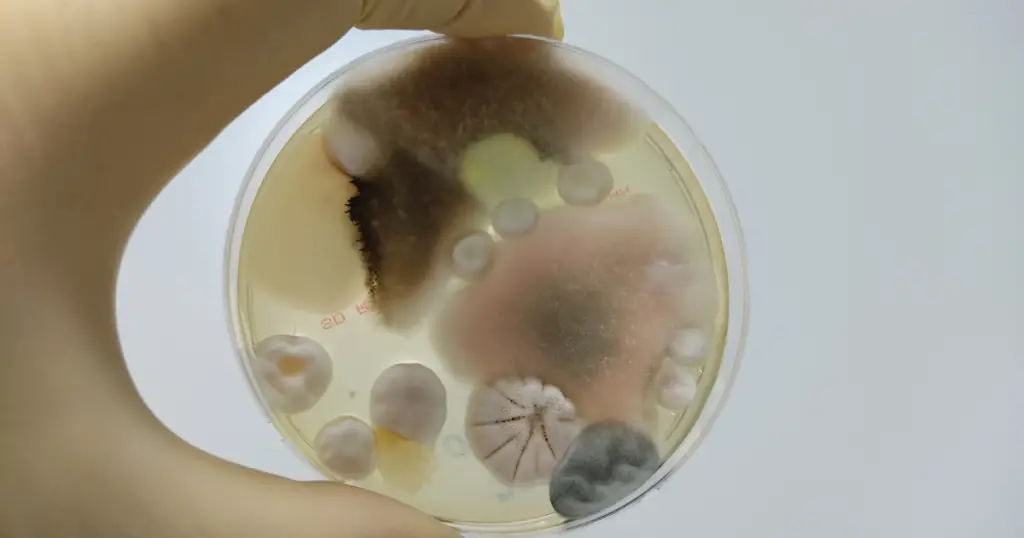
Is Cladosporium mold black mold?
No, Cladosporium species are not black mold. While Cladosporium can cause allergic reactions or respiratory problems if inhaled, it is not the toxic “black mold” strain known as Stachybotrys chartarum.
It is a prevalent type of mold that often appears in various indoor and outdoor locations. It has a distinctive greenish-black color, which may be why it can be confused with “black mold.”
Unfortunately, Cladosporium species can cause adverse reactions such as allergies and asthma symptoms for those who are particularly sensitive.
What causes Cladosporium mold growth?
Cladosporium mold growth can be caused by a variety of factors, both indoors and outdoors. They are saprophytic fungi, meaning they feed on dead plant material such as decaying wood, leaves, and soil. It tends to thrive in damp environments with high humidity and poor ventilation.
Cladosporium can also survive extreme temperatures (from -10°C to 50°C) which means it can even grow in the winter and on surfaces that are exposed to direct sunlight. In addition, some species of Cladosporium may produce mycotoxins which can cause health issues when inhaled.
Common causes are plumbing leaks, which can lead to high humidity levels and fungal debris buildup in the indoor environment. Upholstered furniture and basements located in wet areas are particularly vulnerable to Cladosporium growth. An air conditioner can also be a risk factor for a Cladosporium mold problem, as most species of the fungus prefer cooler temperatures.
In addition, some types of Cladosporium have been known to trigger severe asthma attacks in some people who are especially vulnerable to respiratory irritation from the spores.
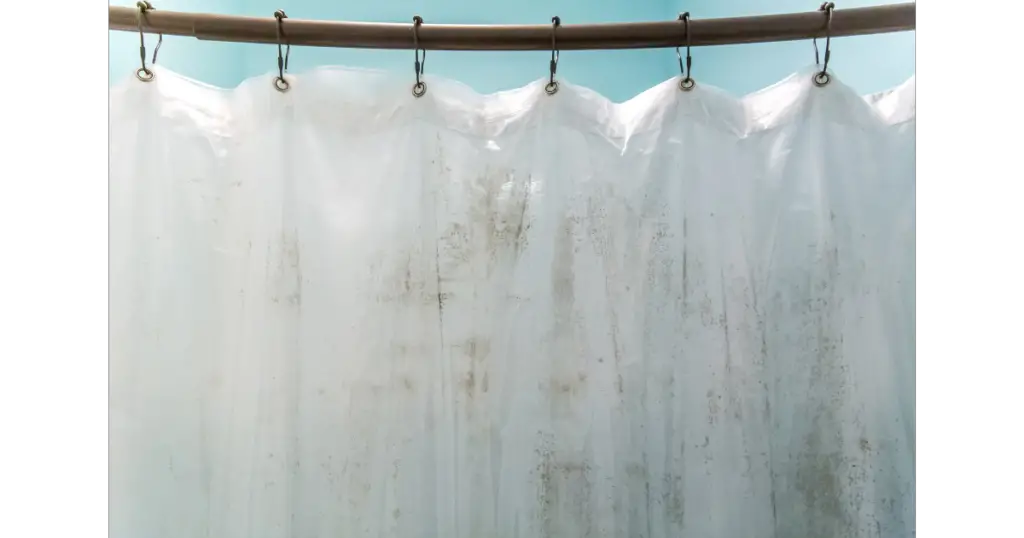
Where is Cladosporium most likely to be found?
Cladosporium is a type of fungus that can be found everywhere. It most commonly lives outdoors, particularly in soil, woody plants, and dead leaves or coniferous tree branches. It is a resilient type of mold and can even grow indoors where there may be little sunlight or air ventilation. Typically, you will find this fungal growth in some common household areas such as:
- Bathrooms;
- Fabrics;
- Wallpapers;
- Carpets/rugs;
- Window sills;
- Damp areas;
- Basements.

Cladosporium Mold Exposure
The presence of Cladosporium in the home or workplace can pose potential health risks to people living or working in the area. Extended exposure to Cladosporium mold can cause a variety of adverse health effects.
Symptoms such as shortness of breath and allergy symptoms (including allergic fungal sinusitis) can be caused by prolonged exposure. It is important to take steps to limit your exposure to mold spores, as they can pose a risk to your respiratory health.

What are the symptoms of Cladosporium?
The symptoms of Cladosporium exposure can vary depending on the individual and their level of sensitivity to the spores. Symptoms may include:
Allergy-like symptoms (sneezing, coughing, itchy eyes, runny nose);
Respiratory problems (shortness of breath, wheezing, chest tightness);
Asthma attacks;
Skin irritation (rashes, hives);
Headaches;
Fatigue.
Long-term exposure to Cladosporium mold can lead to more severe symptoms such as allergic fungal sinusitis, which is inflammation of the nasal passages.
Who is more likely to have Allergic Reactions?
Anyone can be at risk of an allergic reaction to Cladosporium but people with preexisting allergies and asthma are more likely to experience a severe response when exposed. Children and the elderly may also be particularly susceptible, due to the still-developing immune systems in children and weakened immune systems in older adults.
Can exposure to Cladosporium cause Allergic Reaction?
Yes, exposure to large amounts of Cladosporium mold spores can elicit chronic allergies in many individuals. It is important to limit your exposure to mold spores, as they can pose a risk to your respiratory health. Allergic reactions can range from mild symptoms such as ear infections,
sneezing and itchy eyes, and sinus infections, to more severe symptoms such as respiratory issues, skin irritation and asthma attacks.
Those affected should seek emergency medical attention if the symptoms become severe.
What are the treatments for Allergic Reactions?
The treatment for allergic reactions to Cladosporium mold may vary depending on the severity of the reaction. Mild symptoms are often treated with over-the-counter antihistamines, nasal sprays and eye drops.
For more severe reactions, your doctor may prescribe a higher dose of antihistamine medications or oral steroids. In addition, your doctor may recommend immunotherapy which is designed to decrease your sensitivity to the mold and help reduce allergy symptoms.
Untreated mold allergies can lead to chronic health problems, so it is important to seek treatment if you believe you have been exposed to Cladosporium mold.
How do you get rid of Cladosporium mold?
Removing Cladosporium mold requires a comprehensive approach. The removal process involves taking measures and treating the source of growth, as well as limiting Cladosporium exposure.
The first step is to identify the source of growth and take steps to fix it. This may involve repairing water leaks, sealing off cracks in windows/doors or increasing ventilation. It is also important to reduce humidity levels by using dehumidifiers and improving air circulation with fans.
Once the source of growth has been identified and removed, it is important to clean surfaces with soap and water or a mold-killing cleaner. This is especially important in areas of the home where mold can grow such as bathrooms, kitchens, window sills, damp areas and basements.
Additionally, you may need to remove items that are heavily contaminated by discarding them.
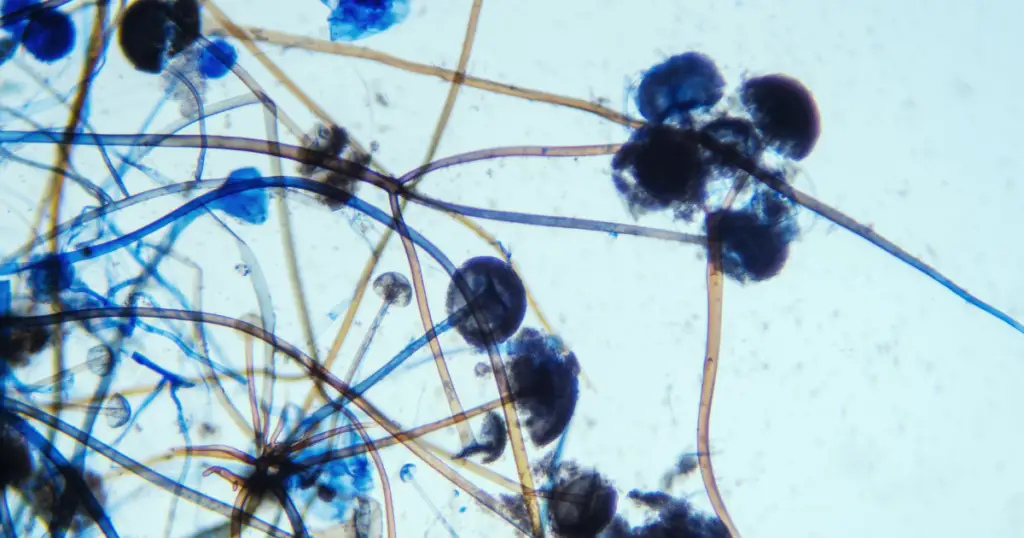
How to Prevent Mold Growth and Mold Spores?
Mold can quickly spread, causing dangerous health issues and costly repairs. To ensure your safety, it is essential to take preventative measures against mold growth such as:
- Reduce indoor humidity levels by using dehumidifiers and air conditioners.
- Ensure proper air circulation by utilizing fans or opening windows.
- Clean surfaces often with a bleach solution to reduce the risk of mold spores settling and growing.
- Address any water leaks, as moisture is a major contributor to mold growth.
- Use mold-resistant products when remodeling or constructing new structures in your home, such as mold-resistant drywall or paint.
- Monitor for signs of visible mold growth, musty odors, and other indications that may prompt an investigation into potential sources of moisture within the home environment.
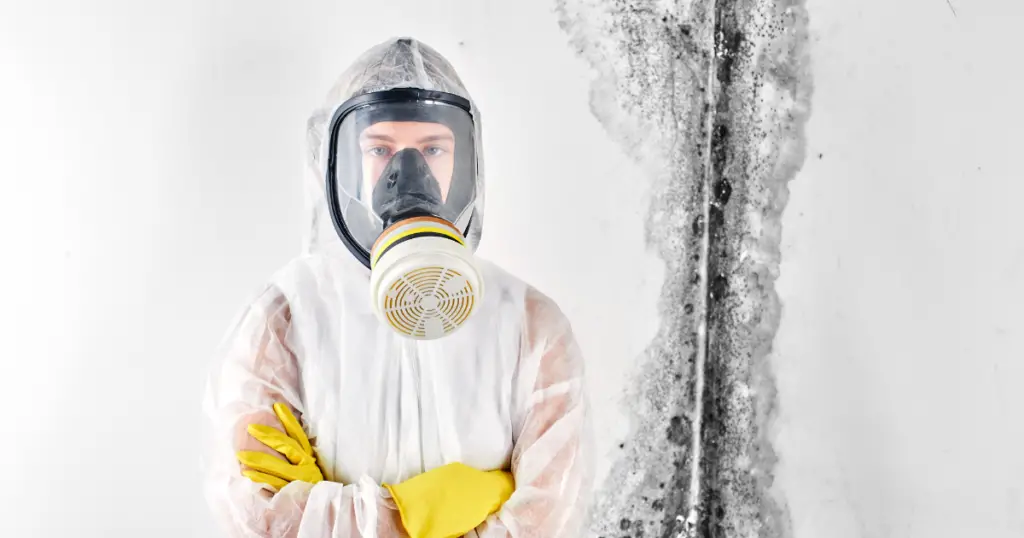
Professional Help
Professional help for mold removal is essential when faced with worsening allergies, severe shortness of breath, and allergic fungal sinusitis. Prolonged exposure to Cladosporium can be a major risk factor, so it’s important to find mold and remove it quickly. Professional assistance may help alleviate these symptoms and provide a safe environment.
[/et_pb_text][/et_pb_column][/et_pb_row][/et_pb_section]


